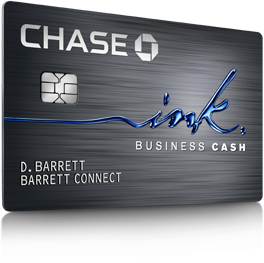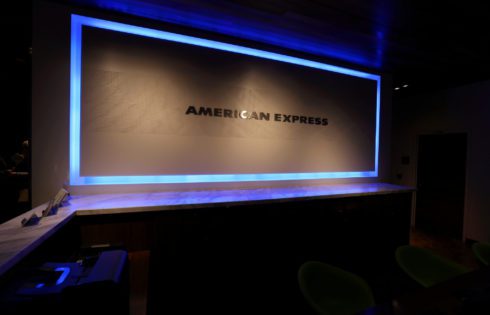
Can You Get Approved for Multiple Chase Business Credit Cards? [2021]
Chase has a long line-up of great business credit cards so naturally many people will want to go for more than one Chase business card. But is that possible or

Chase has a long line-up of great business credit cards so naturally many people will want to go for more than one Chase business card. But is that possible or

The Chase Ink Preferred is one of the most popular small business credit cards on the market due its high value potential, solid travel and purchase protections, and strong bonus

Two of the most popular credit cards issued by Chase are the Chase Ink Cash and the Chase Sapphire Preferred. These cards have some similarities in that they both offer a lot of

Offers contained within this article maybe expired. The American Express Business Gold Card is a very interesting small business card. It has tremendous (and innovative) bonus earning potential but it

For a card without an annual fee, the Chase Ink Business Cash is a great card with its high sign-up bonus and unique bonus categories like 5X on office supplies
| Cookie | Duration | Description |
|---|---|---|
| cookielawinfo-checkbox-analytics | 11 months | This cookie is set by GDPR Cookie Consent plugin. The cookie is used to store the user consent for the cookies in the category "Analytics". |
| cookielawinfo-checkbox-functional | 11 months | The cookie is set by GDPR cookie consent to record the user consent for the cookies in the category "Functional". |
| cookielawinfo-checkbox-necessary | 11 months | This cookie is set by GDPR Cookie Consent plugin. The cookies is used to store the user consent for the cookies in the category "Necessary". |
| cookielawinfo-checkbox-others | 11 months | This cookie is set by GDPR Cookie Consent plugin. The cookie is used to store the user consent for the cookies in the category "Other. |
| cookielawinfo-checkbox-performance | 11 months | This cookie is set by GDPR Cookie Consent plugin. The cookie is used to store the user consent for the cookies in the category "Performance". |
| viewed_cookie_policy | 11 months | The cookie is set by the GDPR Cookie Consent plugin and is used to store whether or not user has consented to the use of cookies. It does not store any personal data. |
